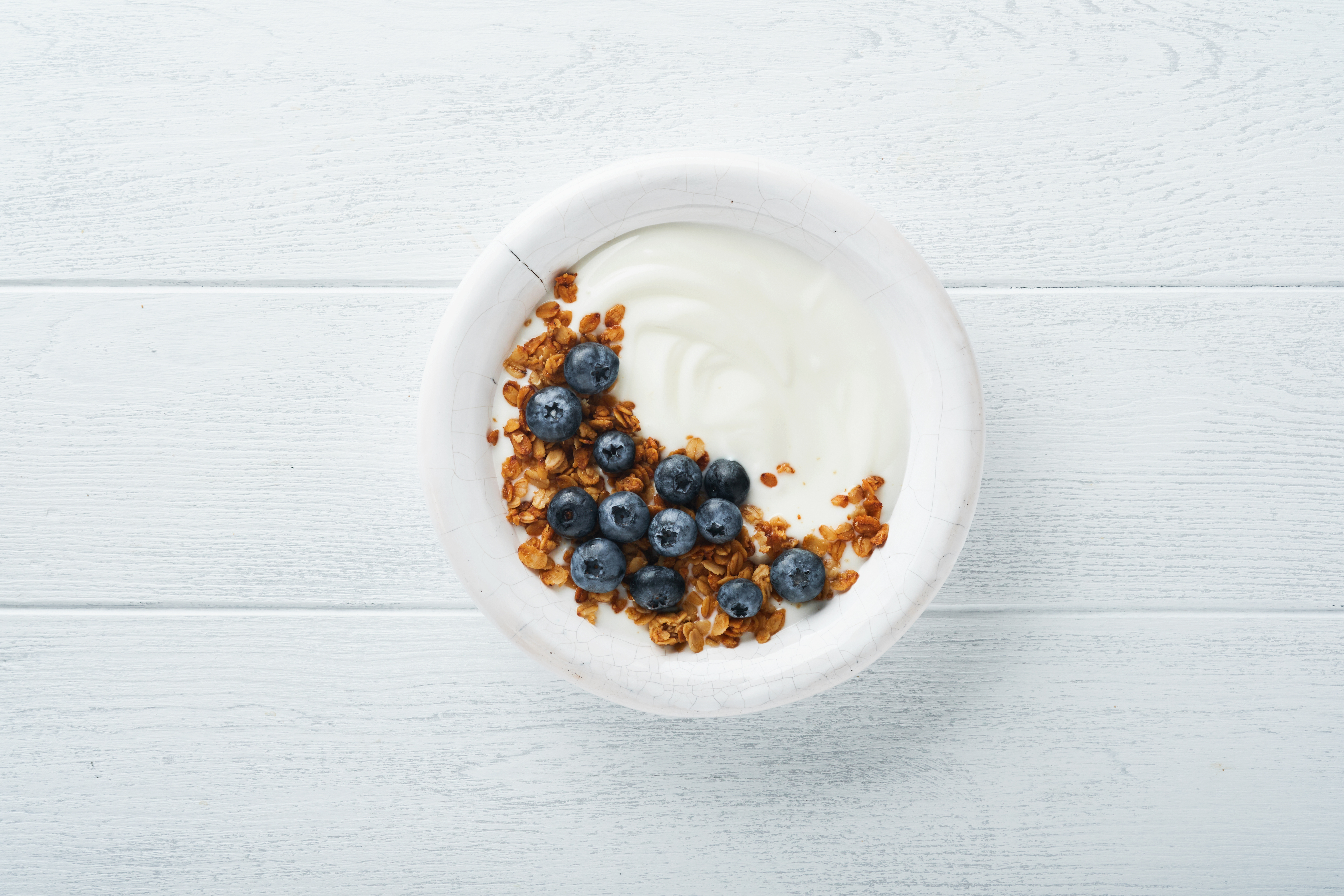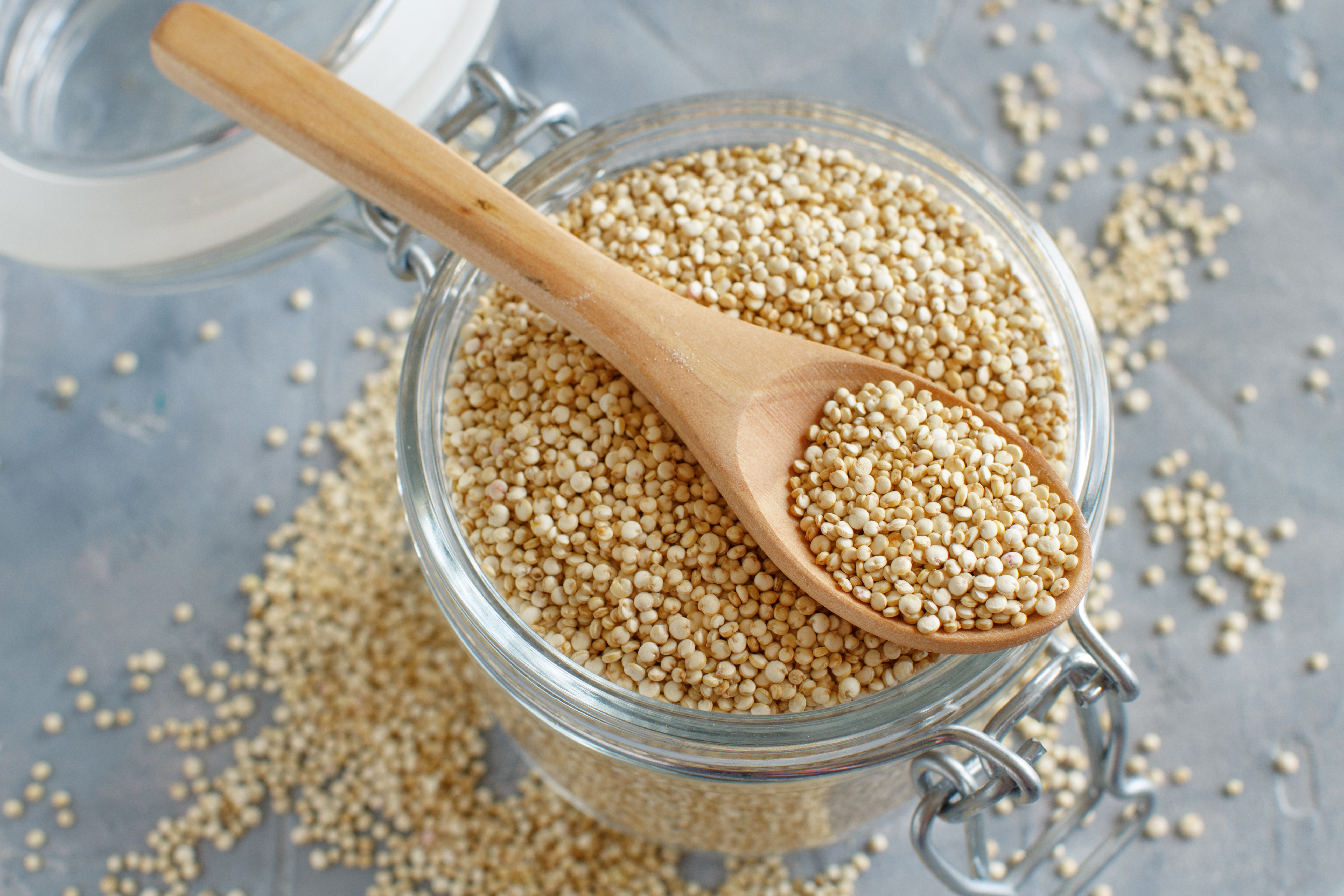Favorite Snacks Secretly Sabotaging Your Sensitive Stomach
3. Dairy (Even “healthy” options like Greek yogurt or cottage cheese)

Dairy products are rich in calcium, protein, and probiotics (especially in fermented forms like yogurt or kefir), but for people with lactose intolerance or sensitivity, they can be a major digestive disruptor. Even so-called “healthy” versions like Greek yogurt, cottage cheese, or milk alternatives with added dairy proteins can trigger bloating, diarrhea, and abdominal pain. The main culprit? Lactose, the sugar found in milk that requires the enzyme lactase for digestion—a substance many people stop producing efficiently as they age. If dairy triggers symptoms, that doesn’t mean you need to give up on it completely. Fermented dairy like kefir or yogurt contains live cultures that help break down lactose, making them easier to digest for some. Lactose-free dairy products are another great option, and there are also plant-based alternatives like almond, coconut, or oat milk—but check for added thickeners or gums, which can also be irritating. Introduce new dairy items slowly and in small portions to see how your body reacts, and consider keeping a food journal to track patterns in your symptoms.
4. High-Fiber Whole Grains (Quinoa, Bulgur, Bran Cereals)

Whole grains are often promoted for heart health and digestive regularity, but when you have a sensitive stomach, too much fiber—especially too fast—can backfire. Insoluble fiber, found in bran, bulgur, and the tough outer layers of whole grains, adds bulk to stool and speeds up transit time, which may cause bloating, cramping, and gas. Even quinoa, which is a complete protein and otherwise well-tolerated, can be irritating when eaten in large amounts or undercooked. Instead of cutting out fiber entirely, it’s better to ease into it gradually. Cook whole grains thoroughly and consider choosing varieties that are lower in insoluble fiber, like white rice or oatmeal, during flare-ups. Make sure you’re drinking plenty of water, as fiber draws in fluid and can worsen constipation or bloating if you're dehydrated. Toasting or rinsing grains like quinoa before cooking can also help reduce their bitter compounds, which may irritate some people’s guts.
